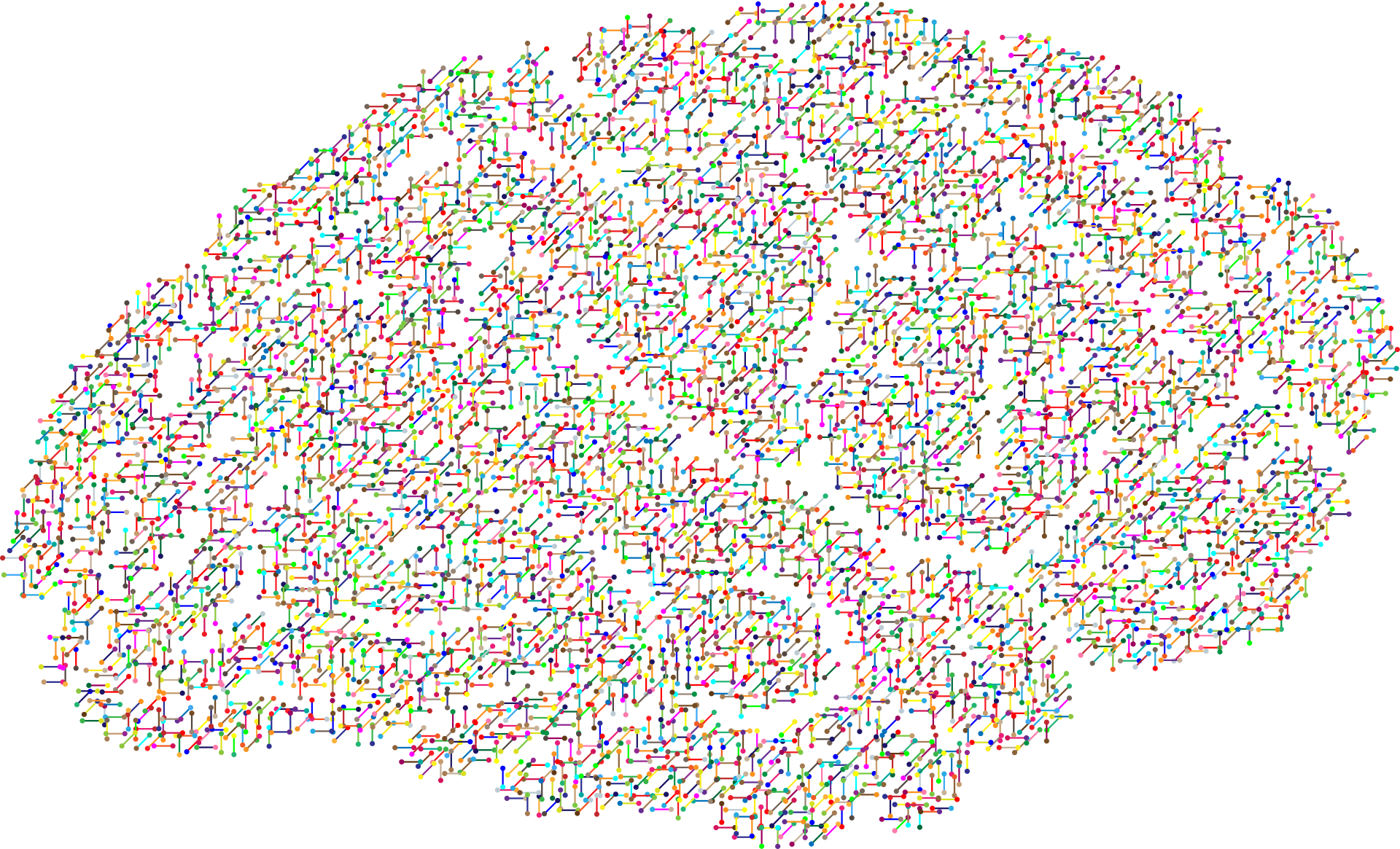Brain Injury Research Update
Title: The interrelationship of functional skills in individuals living in the community, following moderate to severe traumatic brain injury. Brain Injury, 1-8.
Authors: Gordon Muir Giles, Jo Clark-Wilson, Doreen M. Baxter, Ross Tasker, Mark Holloway & Stephanie Seymour.
Overview
UK brain injury case management companies submitted anonymised data relating to brain injured individuals living in the community by completing the Adaptive Behaviour and Community Competency Scale.
Analysis of the results of this work identified a hierarchy of task completion. Daily and repeated regular tasks being more easily achieved whereas those that required more ‘online’ problem solving or responding to feedback in the moment being less easily performed.
Lower levels of self-awareness an individual has about the impact of their brain injury is associated with poorer complex task performance. This has implications for the design and implementation of community rehabilitation and support packages for people affected by brain injury and for their case management.
Click here to view the article in full.
Abstract
Objective: The Adaptive Behaviour and Community Competency Scale was used to investigate the interrelationship of 22 basic and instrumental activities of daily living (ADL/IADL) in individuals with moderate to severe traumatic brain injury (TBI). The relationship of self-awareness to task performance was also investigated.
Research Design
Prospective descriptive study.
Method
The profiles of 100 community dwelling individuals were used to compare the degree to which independence in each ADL/IADL was associated with independence in every other ADL/IADL. The interrelationship of these skills was further explored in a factor analysis, and comparisons made between the degree of self-awareness of those who could and could not complete IADL independently.
Results
The researchers found evidence of a hierarchy of skills: individuals who were independent in IADL were more able to perform ADL, than vice versa.
Factor analysis supported a two-factor solution distinguishing ADL and IADL. Self-awareness was more strongly associated with IADL than with ADL independence.
Conclusions
A subset of individuals with moderate to severe TBI are able to perform a range of IADL. This group appears to have higher levels of self-awareness than those who are limited to performing only ADL skills. Implications for the applications of functional retraining interventions are discussed.

